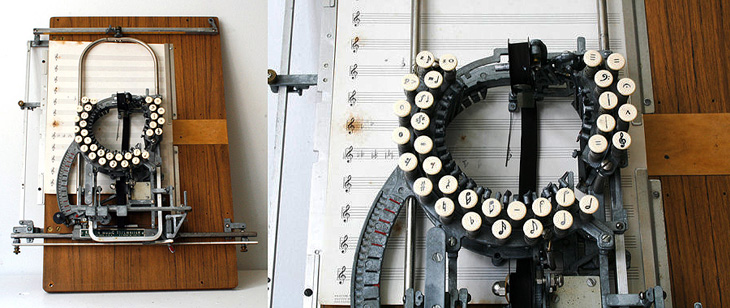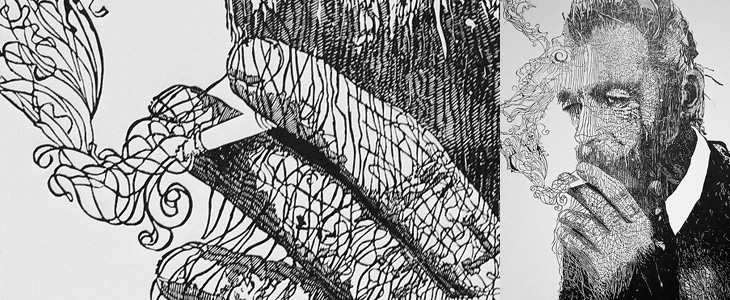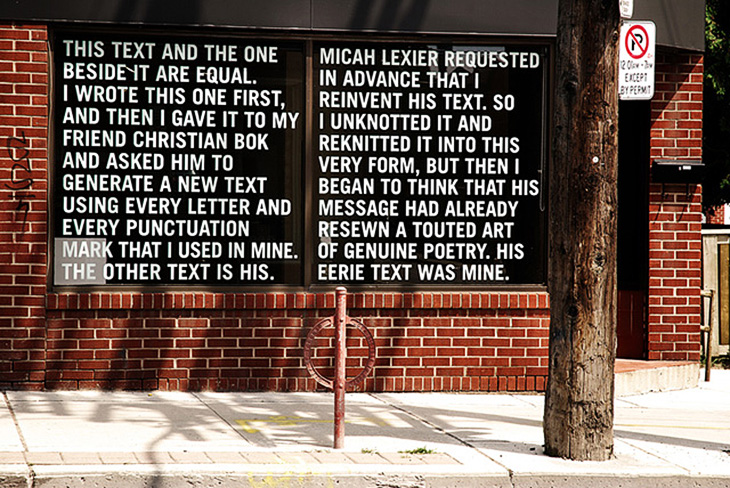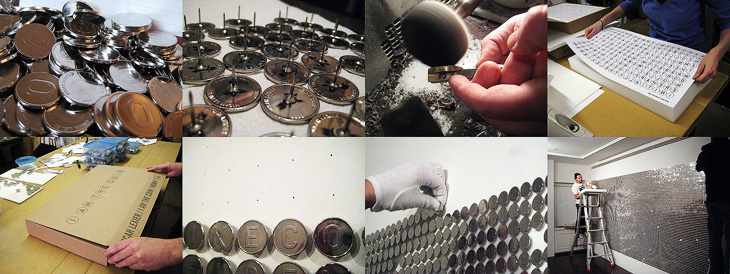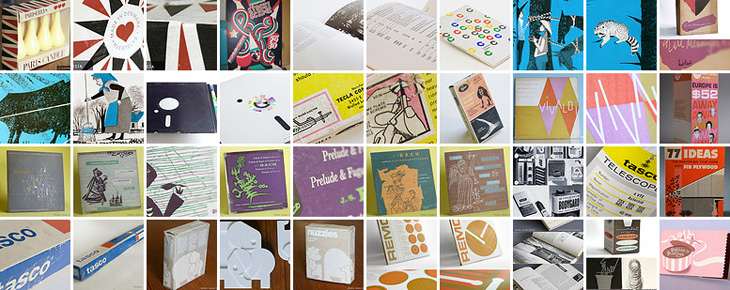A bit of a campaigning post, this one. The International Printing Museum is running a Kickstarter campaign to expand their collection of matrices for the Ludlow Typograph. It’s a worthy project, to keep an example of fairly democratic technology in use and in people’s awareness, to keep rare typefaces in use and to let people around the world use them – and, well, just because. The Ludlow is similar to the Linotype, but excels at producing slugs for very large type - over 200pt. In the words of British Letterpress:
The principles behind the Ludlow are simple — the operator collects a small brass mould for each character needed in the line. These are assembled into a ‘stick’, a small frame, and the moulds are clamped together to form a line of moulds. This stick and moulds are then clamped in to a machine which injects hot metal into the moulds. A line of type is cast and ejected from the front of the machine. The moulds have to be distributed back into the relevant cases by hand. Unusually, the Ludlow can cast between 6pt and 228pt type on slugs without changes to the machine. Other systems have to be modified with each size change. British Letterpress
If you’re interested in helping keep some printing technology alive and not just a piece of history, you can back the project here (there are some nice rewards on offer too).



